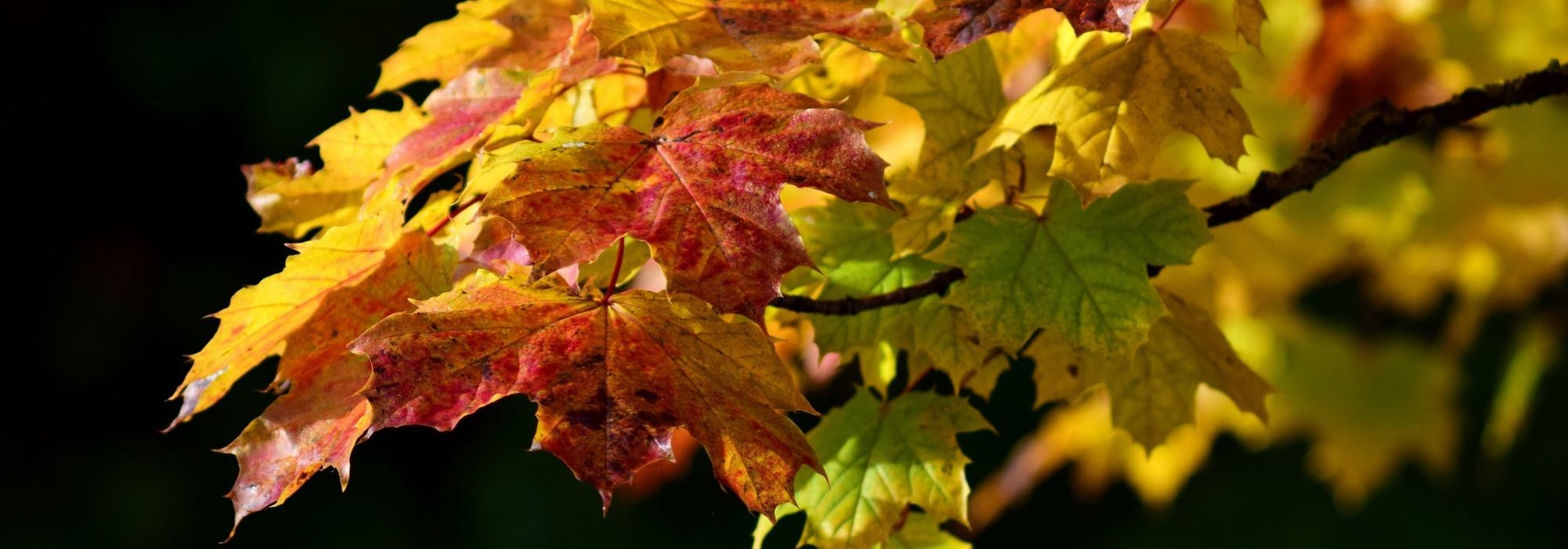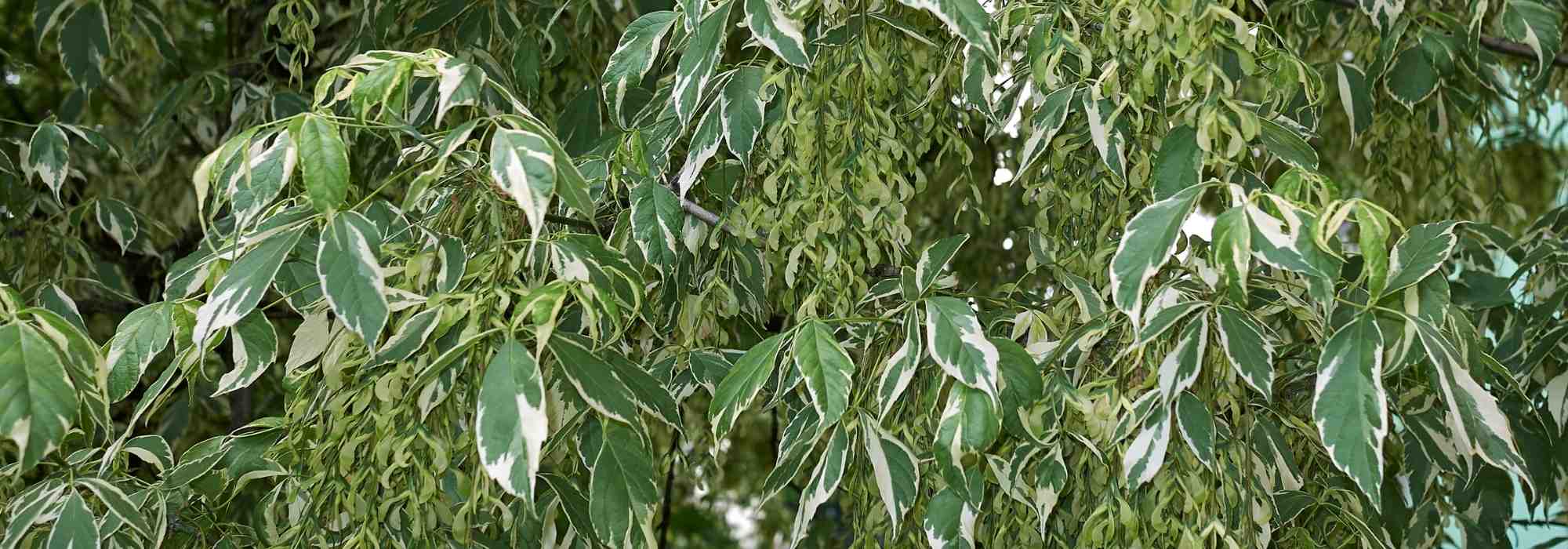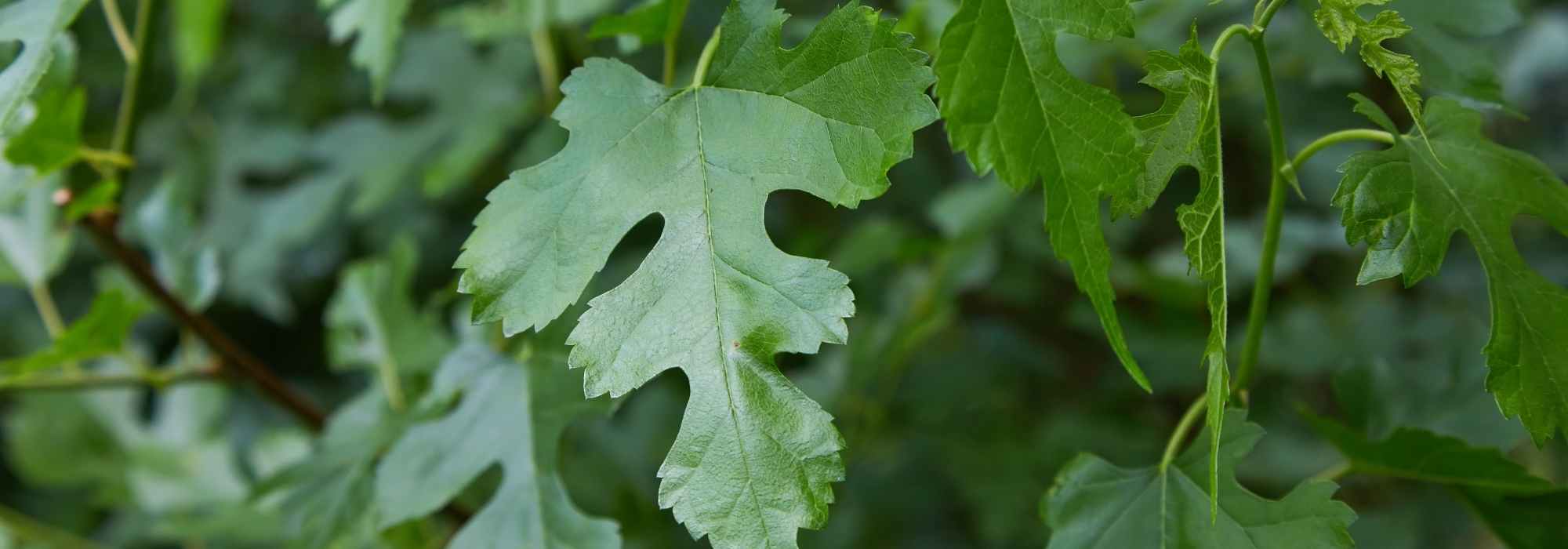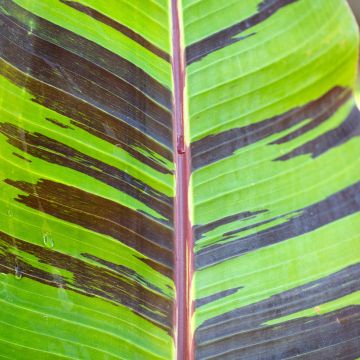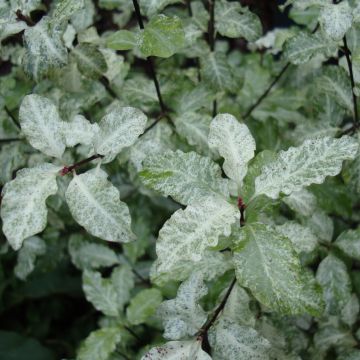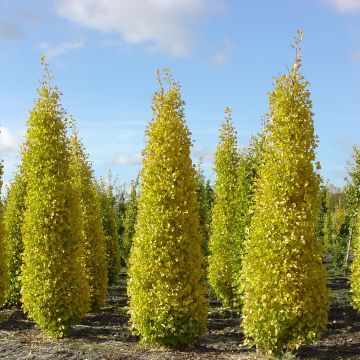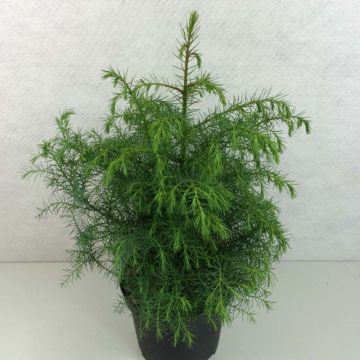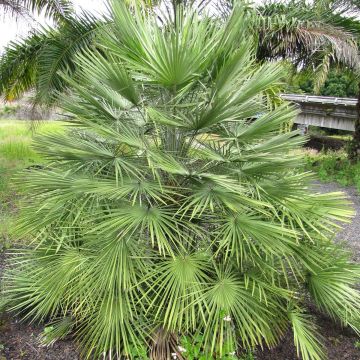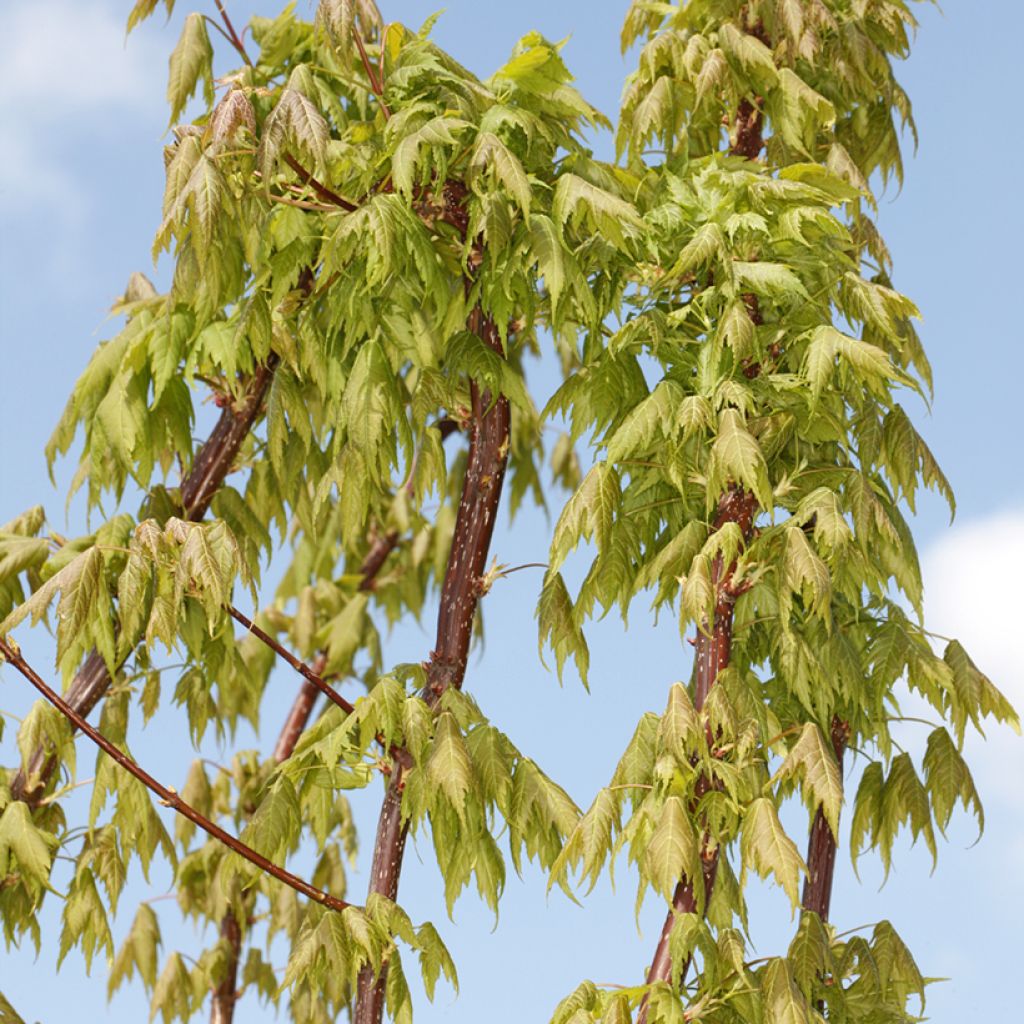

Acer rubrum Sekka - Red Maple
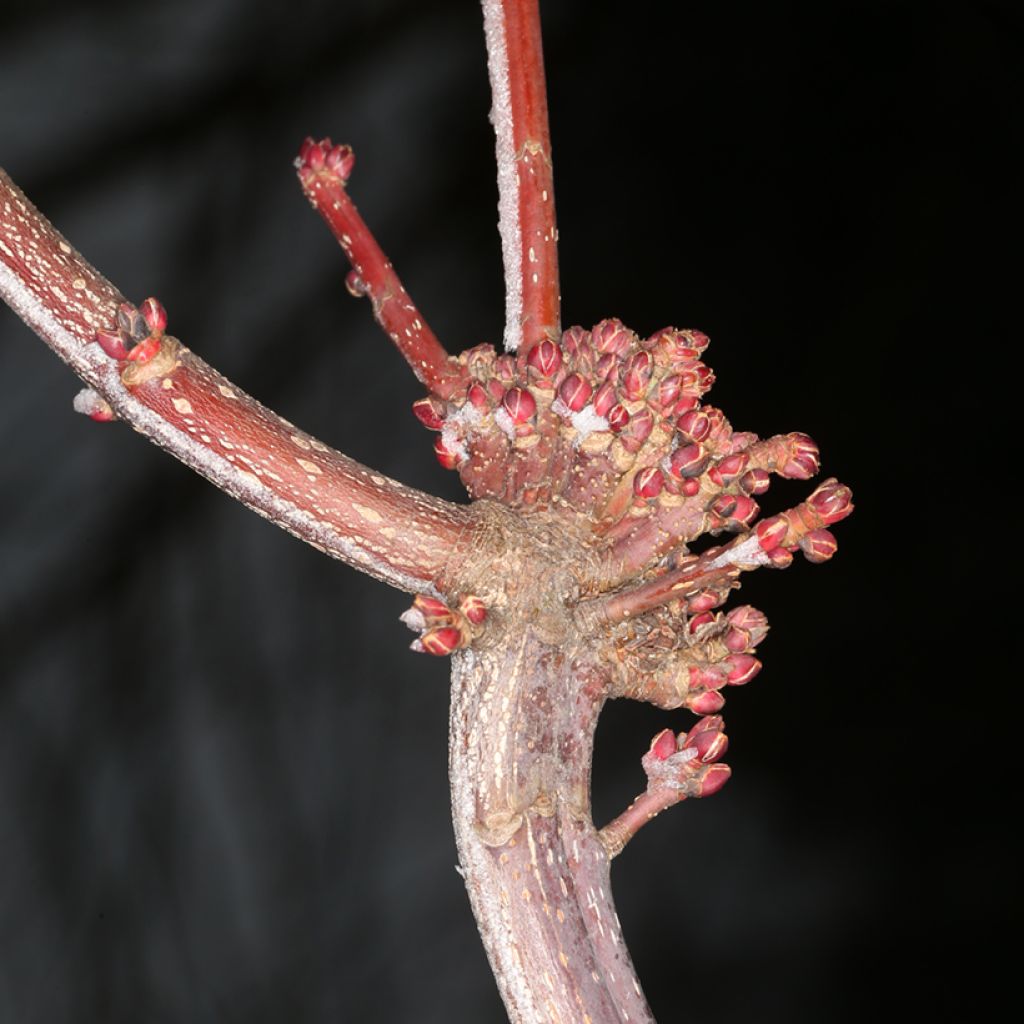

Acer rubrum Sekka - Red Maple
Acer rubrum Sekka - Red Maple
Acer rubrum Sekka
Red Maple, Swamp Maple, Water Maple
Special offer!
Receive a €20 voucher for any order over €90 (excluding delivery costs, credit notes, and plastic-free options)!
1- Add your favorite plants to your cart.
2- Once you have reached €90, confirm your order (you can even choose the delivery date!).
3- As soon as your order is shipped, you will receive an email containing your voucher code, valid for 3 months (90 days).
Your voucher is unique and can only be used once, for any order with a minimum value of €20, excluding delivery costs.
Can be combined with other current offers, non-divisible and non-refundable.
Home or relay delivery (depending on size and destination)
Schedule delivery date,
and select date in basket
This plant carries a 24 months recovery warranty
More information
We guarantee the quality of our plants for a full growing cycle, and will replace at our expense any plant that fails to recover under normal climatic and planting conditions.
Would this plant suit my garden?
Set up your Plantfit profile →
Description
Acer rubrum 'Sekka' is a remarkable variety of Red Maple known for its autumn colours. The beautifully cut leaves with toothed lobes are carried by red petioles, creating a nice contrast with the bright green upper surface. Early in autumn, the foliage gradually turns into a flamboyant orange-red that catches everyone's attention in the garden, as the spectacle is magnificent. It has a moderately fast growth rate and forms a beautiful medium to large tree with a conical to pyramidal habit, more suitable for larger spaces than small gardens. It thrives in a humus-rich soil, with a slightly acidic and moist environment in summer, as well as a sunny exposure. It is also very hardy.
The Maple or Acer gives its name to the family of Aceraceae, which only includes one other genus, the Dipteronia. In some classifications, this family is integrated into the much larger Sapindaceae family. The Acer genus comprises more than 150 species, native to the entire northern hemisphere (America, Europe, and Asia). They are mainly trees, but also shrubs, such as the charming Japanese Maples. Maples are recognised by their double samara fruits, which fall and spin like helicopter blades, as well as their opposite leaves. All species are deciduous, except for Acer sempervirens (from Crete) and A. paxii (from China).
Acer rubrum, or Red Maple, is native to the eastern part of North America, where it is called Red Maple, Swamp Maple, or Marsh Maple, which indicates its water requirements. In these regions, it forms a large tree that can exceed 30 m in height, with a relatively fast growth rate in deep and moist soil, and its wood is used for furniture making. It has a straight trunk, ideal for foresters, and displays a narrow habit that widens with age. Its dark red clusters of flowers appear before the leaves, and after fertilisation, they produce fruits with two wings, each measuring 1 cm, forming an angle of 60°, also red. The lobed leaves are green on the upper side, whitish-blue on the underside, and turn into bright garnet red in autumn.
'Sekka' is a variety with a more modest development, reaching a height of 10 to 15 m at maturity, with a width of 6 to 10 m. Its annual growth rate is relatively moderate for a Red Maple, about 30 to 40 cm in height and 15 to 20 cm in width. The tree has a conical to pyramidal silhouette, with a rounded crown supported by a straight trunk with smooth grey bark, which may slightly peel with age. It flowers March-April, before the leaves, but the flowers are too inconspicuous to be truly ornamental. On the other hand, the reddish young shoots are decorative, before the palmate leaves with 3 or 5 lobes spread out. They measure from 5 to 10 cm in length and width, and with their toothed lobes, they are truly elegant. The leaf blades are carried by long red petioles, creating a lovely contrast with the bright green and slightly shiny upper surface. The underside is matte, whitish to bluish.
This tree has a certain elegance and becomes truly valuable in autumn when it takes on its end-of-season colours quite early. Gradually, the edges of the leaves begin to turn red, and then the entire leaf surface turns into an extremely vivid orange-red, to magnificent, head-turning effect.
The 'Sekka' Maple is undoubtedly one of the most beautiful trees with autumn colours, and it is also extremely hardy. Provide it with deep soil, preferably acidic, humus-bearing, and above all, moist, and it will delight you. If you have enough space, you can create a scene by planting a Ginkgo biloba 'Horizontalis' nearby, a spreading version of the famous Maidenhair Tree, which turns golden yellow in autumn. The contrast with the orange-red of 'Sekka' will be lovely. Another tree that provides a grand spectacle is Nyssa sylvatica 'Autumn Cascade', also fond of acidic, moist soils, celebrating autumn in a range of yellow, orange, red, and purple. And to also celebrate winter, add a Himalayan Birch (Betula utilis jacquemontii), whose green leaves turn yellow in autumn, leaving behind one of the whitest trunks in the plant kingdom... truly splendid!
Acer rubrum Sekka - Red Maple in pictures
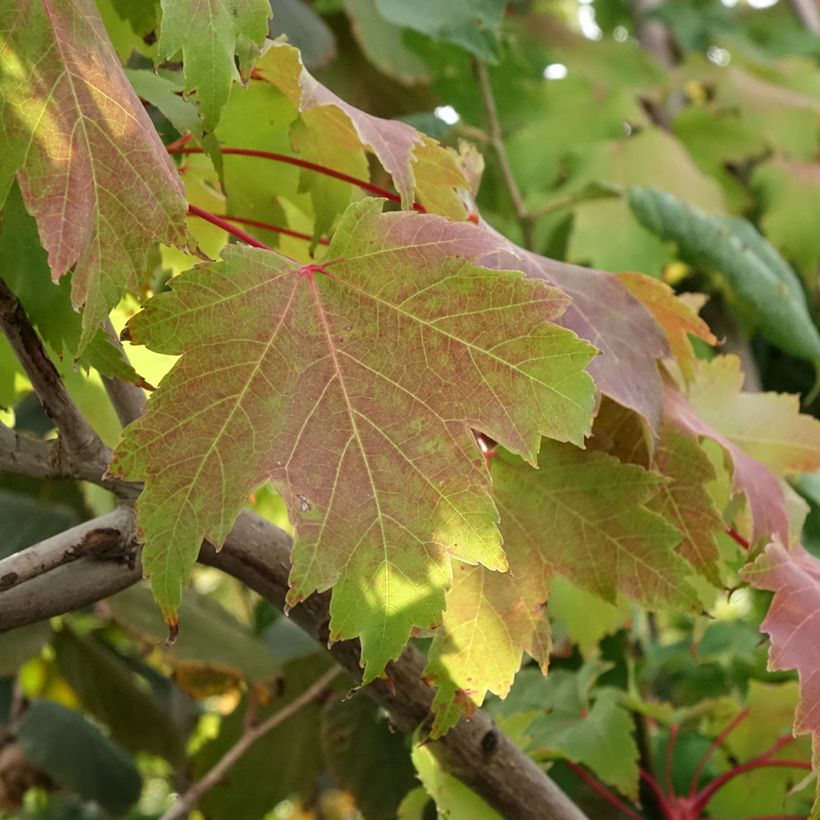

Plant habit
Flowering
Foliage
Botanical data
Acer
rubrum
Sekka
Sapindaceae
Red Maple, Swamp Maple, Water Maple
Cultivar or hybrid
Planting and care
The 'Sekka' red maple does not tolerate chalky soils, so it should be planted in acidic soil if possible, or at least neutral. In this case, make sure to enrich the planting hole with compost and ericaceous soil to mix with the existing soil. This tree prefers rich and moisture-retaining soils, especially in summer. Soak the container in a bucket for about fifteen minutes before placing it in the adequately sized planting hole (at least 60 cm on all sides, or even 80). Water generously after planting and ensure that the soil does not dry out during the growing season. Mulching above the root zone will be beneficial for maintaining soil moisture, along with regular watering in summer. Choose a well-lit and spacious location for it to grow without any hindrance. As this tree is sensitive to soil salinity, avoid planting it in areas where de-icing salt may be spread in winter.
Planting period
Intended location
Care
Planting & care advice
This item has not been reviewed yet - be the first to leave a review about it.
Similar products
Haven't found what you were looking for?
Hardiness is the lowest winter temperature a plant can endure without suffering serious damage or even dying. However, hardiness is affected by location (a sheltered area, such as a patio), protection (winter cover) and soil type (hardiness is improved by well-drained soil).

Photo Sharing Terms & Conditions
In order to encourage gardeners to interact and share their experiences, Promesse de fleurs offers various media enabling content to be uploaded onto its Site - in particular via the ‘Photo sharing’ module.
The User agrees to refrain from:
- Posting any content that is illegal, prejudicial, insulting, racist, inciteful to hatred, revisionist, contrary to public decency, that infringes on privacy or on the privacy rights of third parties, in particular the publicity rights of persons and goods, intellectual property rights, or the right to privacy.
- Submitting content on behalf of a third party;
- Impersonate the identity of a third party and/or publish any personal information about a third party;
In general, the User undertakes to refrain from any unethical behaviour.
All Content (in particular text, comments, files, images, photos, videos, creative works, etc.), which may be subject to property or intellectual property rights, image or other private rights, shall remain the property of the User, subject to the limited rights granted by the terms of the licence granted by Promesse de fleurs as stated below. Users are at liberty to publish or not to publish such Content on the Site, notably via the ‘Photo Sharing’ facility, and accept that this Content shall be made public and freely accessible, notably on the Internet.
Users further acknowledge, undertake to have ,and guarantee that they hold all necessary rights and permissions to publish such material on the Site, in particular with regard to the legislation in force pertaining to any privacy, property, intellectual property, image, or contractual rights, or rights of any other nature. By publishing such Content on the Site, Users acknowledge accepting full liability as publishers of the Content within the meaning of the law, and grant Promesse de fleurs, free of charge, an inclusive, worldwide licence for the said Content for the entire duration of its publication, including all reproduction, representation, up/downloading, displaying, performing, transmission, and storage rights.
Users also grant permission for their name to be linked to the Content and accept that this link may not always be made available.
By engaging in posting material, Users consent to their Content becoming automatically accessible on the Internet, in particular on other sites and/or blogs and/or web pages of the Promesse de fleurs site, including in particular social pages and the Promesse de fleurs catalogue.
Users may secure the removal of entrusted content free of charge by issuing a simple request via our contact form.
The flowering period indicated on our website applies to countries and regions located in USDA zone 8 (France, the United Kingdom, Ireland, the Netherlands, etc.)
It will vary according to where you live:
- In zones 9 to 10 (Italy, Spain, Greece, etc.), flowering will occur about 2 to 4 weeks earlier.
- In zones 6 to 7 (Germany, Poland, Slovenia, and lower mountainous regions), flowering will be delayed by 2 to 3 weeks.
- In zone 5 (Central Europe, Scandinavia), blooming will be delayed by 3 to 5 weeks.
In temperate climates, pruning of spring-flowering shrubs (forsythia, spireas, etc.) should be done just after flowering.
Pruning of summer-flowering shrubs (Indian Lilac, Perovskia, etc.) can be done in winter or spring.
In cold regions as well as with frost-sensitive plants, avoid pruning too early when severe frosts may still occur.
The planting period indicated on our website applies to countries and regions located in USDA zone 8 (France, United Kingdom, Ireland, Netherlands).
It will vary according to where you live:
- In Mediterranean zones (Marseille, Madrid, Milan, etc.), autumn and winter are the best planting periods.
- In continental zones (Strasbourg, Munich, Vienna, etc.), delay planting by 2 to 3 weeks in spring and bring it forward by 2 to 4 weeks in autumn.
- In mountainous regions (the Alps, Pyrenees, Carpathians, etc.), it is best to plant in late spring (May-June) or late summer (August-September).
The harvesting period indicated on our website applies to countries and regions in USDA zone 8 (France, England, Ireland, the Netherlands).
In colder areas (Scandinavia, Poland, Austria...) fruit and vegetable harvests are likely to be delayed by 3-4 weeks.
In warmer areas (Italy, Spain, Greece, etc.), harvesting will probably take place earlier, depending on weather conditions.
The sowing periods indicated on our website apply to countries and regions within USDA Zone 8 (France, UK, Ireland, Netherlands).
In colder areas (Scandinavia, Poland, Austria...), delay any outdoor sowing by 3-4 weeks, or sow under glass.
In warmer climes (Italy, Spain, Greece, etc.), bring outdoor sowing forward by a few weeks.






























